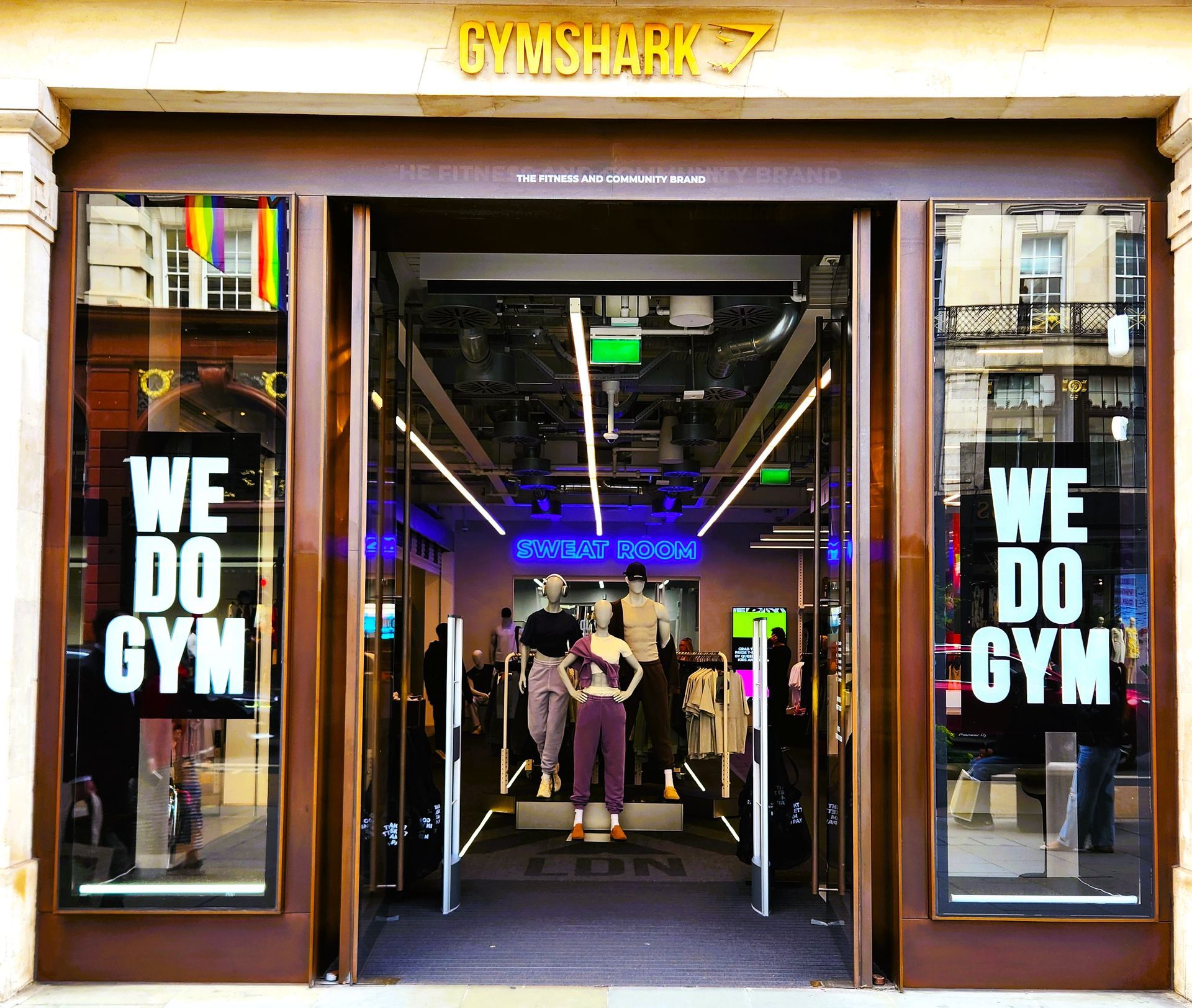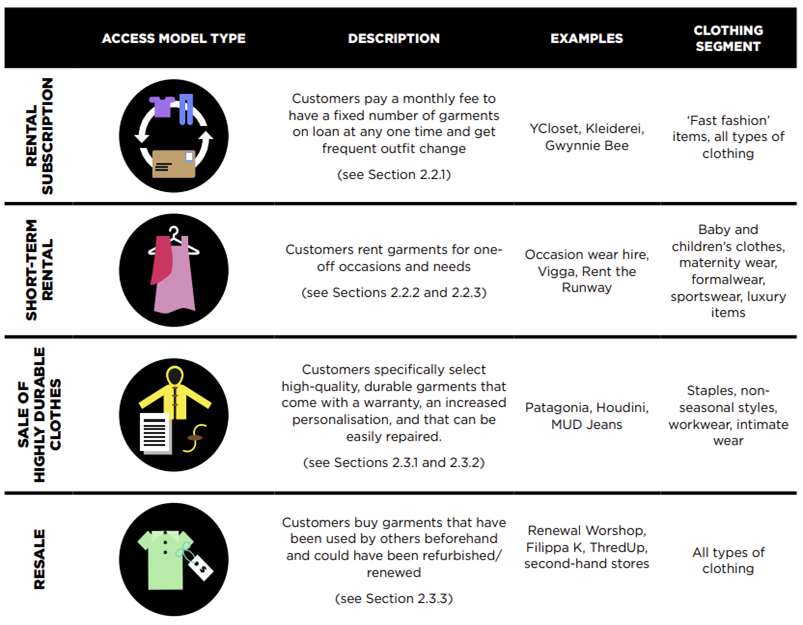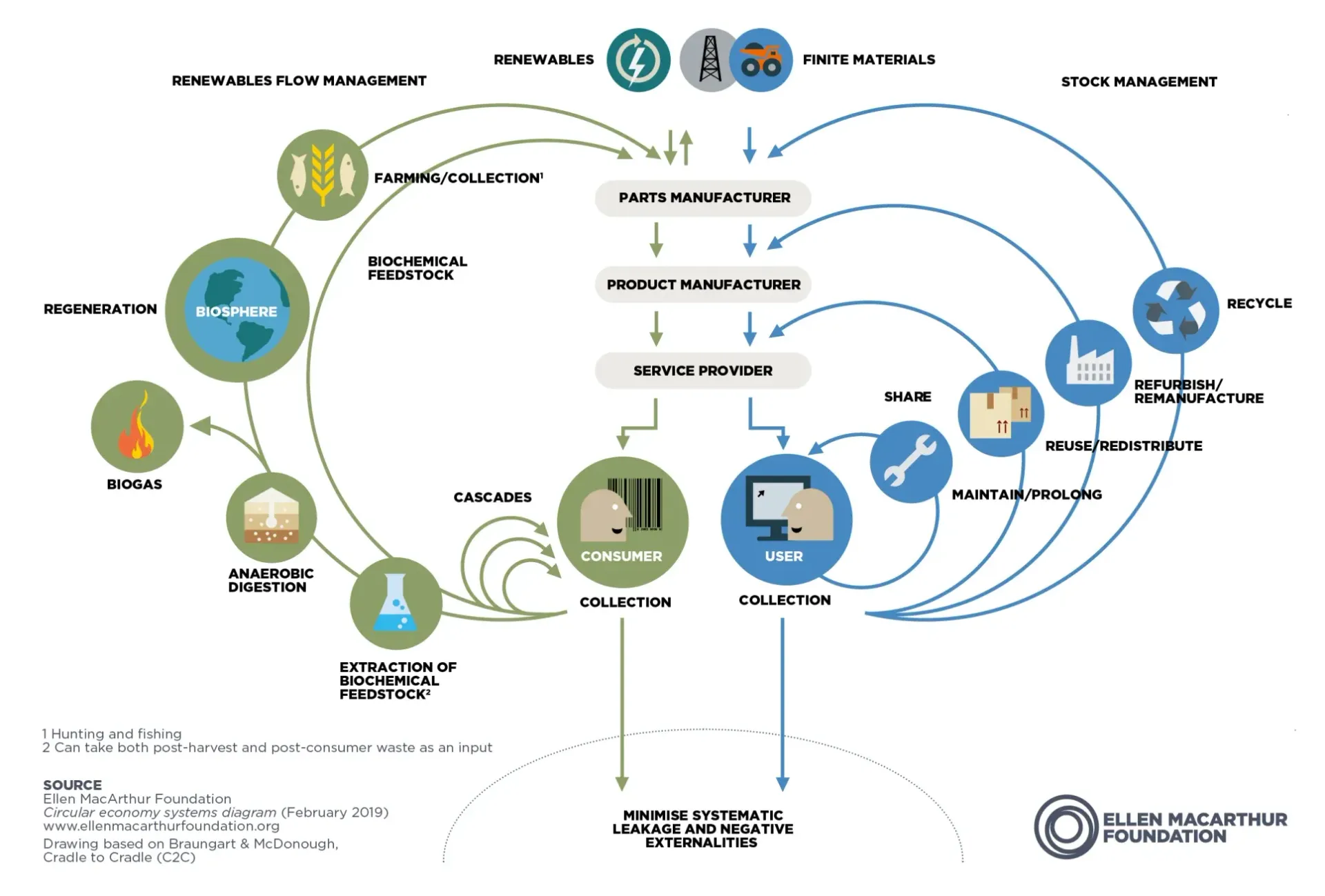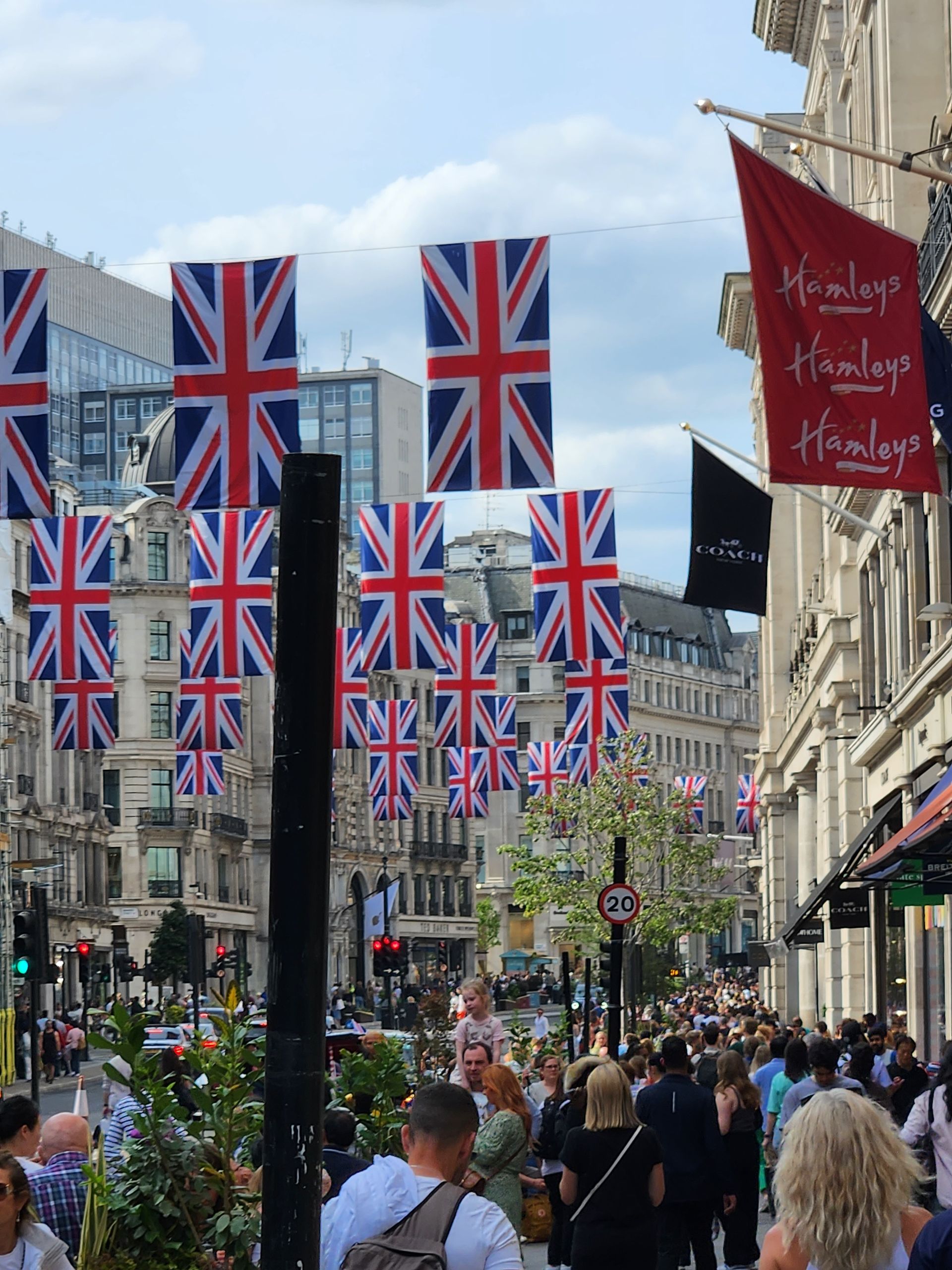REVOLUTIONISING FASHION: HOW AI IS TRANSFORMING THE INDUSTRY

REVOLUSIONALISING FASHION: HOW AI IS TRANSFORMING THE INDUSTRY
The fashion industry is experiencing a transformative shift with the integration of artificial intelligence (AI) technologies. AI is revolutionising various aspects of the industry, including customer personalisation, the buying allocation process, and design. Through advanced algorithms, machine learning, and data analysis, AI empowers fashion brands to deliver personalised experiences, optimise buying decisions, and unleash creativity in design.
This article will explore how AI is reshaping the fashion industry in these three areas, paving the way for enhanced customer satisfaction, improved operational efficiency, and innovative design solutions.
Customer Personalisation
AI has become a game-changer in the realm of customer personalisation. Fashion brands leverage AI algorithms to analyse vast customer data, enabling them to understand individual preferences, style choices, and purchase patterns. By harnessing this data, companies can tailor personalised recommendations, suggestions, and experiences to their customers.
One prominent application of AI in customer personalisation is virtual styling assistants. These AI-powered systems leverage data analytics and image recognition to suggest outfits, recommend complementary items, and even virtually try on clothing. By understanding a customer's body type, style preferences, and previous purchases, AI can curate personalised wardrobes and make relevant suggestions, transforming the online shopping experience.
Furthermore, AI chatbots and voice assistants have made customer interactions more intuitive and efficient. These intelligent conversational agents can provide instant assistance, answer inquiries, and offer personalised recommendations based on individual needs. Through natural language processing and machine learning, chatbots and voice assistants can understand and respond to customer queries in real time, enhancing customer satisfaction and loyalty.
Buying-Allocation Process
The buying-allocation process is a critical aspect of the fashion industry, determining the right inventory quantities and allocating them to different stores or channels. AI is streamlining and optimising this complex procedure. Traditionally, the process involved manual analysis, guesswork, and intuition, resulting in inventory imbalances and missed opportunities. However, AI algorithms and predictive analytics enable fashion brands to make data-driven decisions and allocate resources more efficiently.
AI-powered demand forecasting models leverage historical sales data, market trends, and external factors to predict future demand accurately. By analysing various parameters, such as seasonality, consumer behaviour, and social media trends, AI can forecast the market at a granular level, allowing fashion brands to optimise their production and purchasing decisions. This helps reduce excess inventory, minimise stockouts, and ultimately improve profitability.
Additionally, AI-driven inventory management systems can automatically analyse sales data, identify underperforming products, and recommend optimal stock levels. By continuously monitoring sales and inventory levels, these systems can make real-time adjustments, ensuring that popular items are adequately stocked while minimising the risk of overstocking less popular products. This proactive approach to inventory management enhances operational efficiency and reduces waste.
Design
AI is redefining the boundaries of creativity in the fashion industry by aiding designers in generating innovative designs and improving the design process. With the help of AI, designers can leverage vast datasets, trend analyses, and style preferences to inform their creative decisions.
Generative adversarial networks (GANs) are one of the AI techniques used in fashion design. GANs can learn from vast collections of images, such as runway looks, street style, and historical fashion archives, to generate new and unique design concepts. By combining different styles, colours, and patterns, AI algorithms can produce inspiring and avant-garde designs that push the boundaries of traditional fashion.
Moreover, AI-powered tools facilitate design by automating repetitive tasks like pattern generation, material selection, and garment fitting simulations. Designers can focus on ideation and conceptualisation while AI algorithms handle time-consuming tasks, resulting in increased productivity and faster time-to-market. Additionally, AI-powered systems can analyse large datasets related to fabric properties, sustainability metrics, and customer preferences to suggest optimal material choices. By considering factors such as comfort, durability, and environmental impact, AI can assist designers in making informed decisions during the material selection process. This contributes to the development of sustainable fashion and facilitates the creation of garments that align with consumer expectations.
Conclusions
The integration of AI in the fashion industry is revolutionising customer personalisation, the buying allocation process, and design. By leveraging AI algorithms and data analytics, fashion brands can provide personalised experiences to customers, optimise buying decisions, and enhance design creativity. Through virtual styling assistants, AI chatbots, and voice assistants, customer interactions are becoming more intuitive and tailored. AI-driven demand forecasting and inventory management systems optimise the buying-allocation process, reducing waste and improving profitability. Additionally, AI aids designers by generating innovative designs and automating repetitive tasks.
Finally, using AI in the fashion industry provides numerous benefits for marketing. From personalised recommendations and improved customer engagement to social media analysis and predictive analytics, AI empowers fashion brands to understand their customers better, deliver targeted messages, and stay ahead of trends. By leveraging AI technologies, fashion marketers can create impactful marketing campaigns, enhance customer experiences, and drive business growth. As the fashion industry embraces AI, we can expect further advancements, ultimately reshaping the industry's landscape.
All Rights Reserved | Retail Consulting & Advisory Services Ltd.
Ismael Gonzalez - Founder & Managing Director
© 2022 Retail Consulting & Advisory Services LTD. Company Registration Number 14234794. Privacy Policy









